

Winter 1990
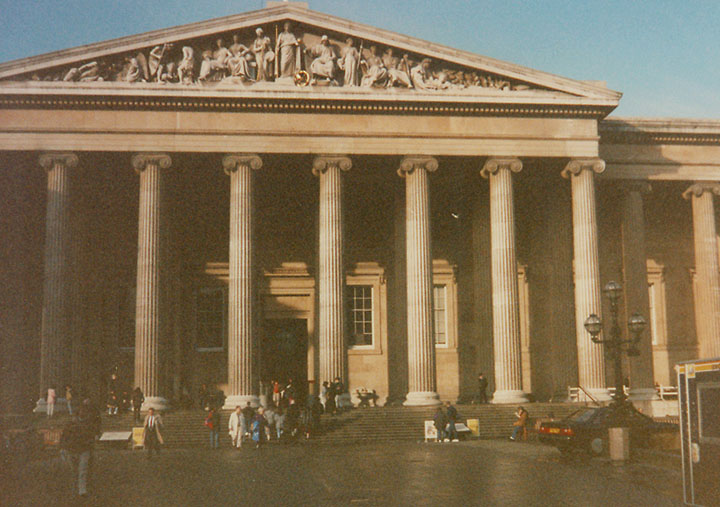
British Museum
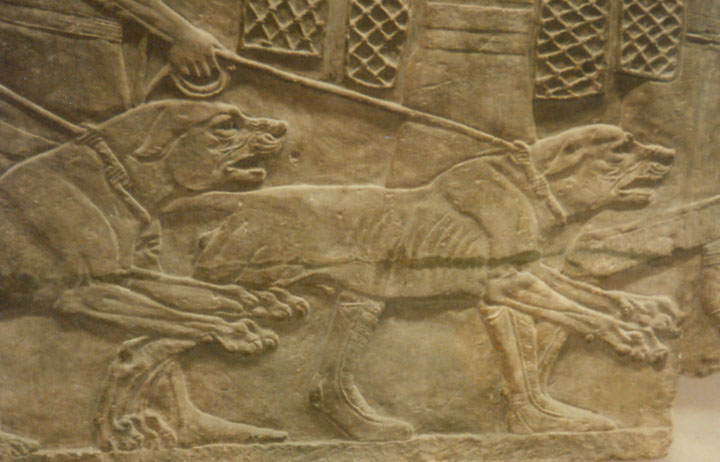
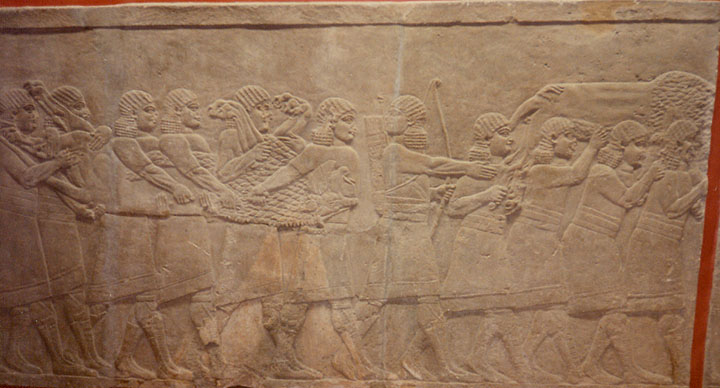
Relief's from Babylon
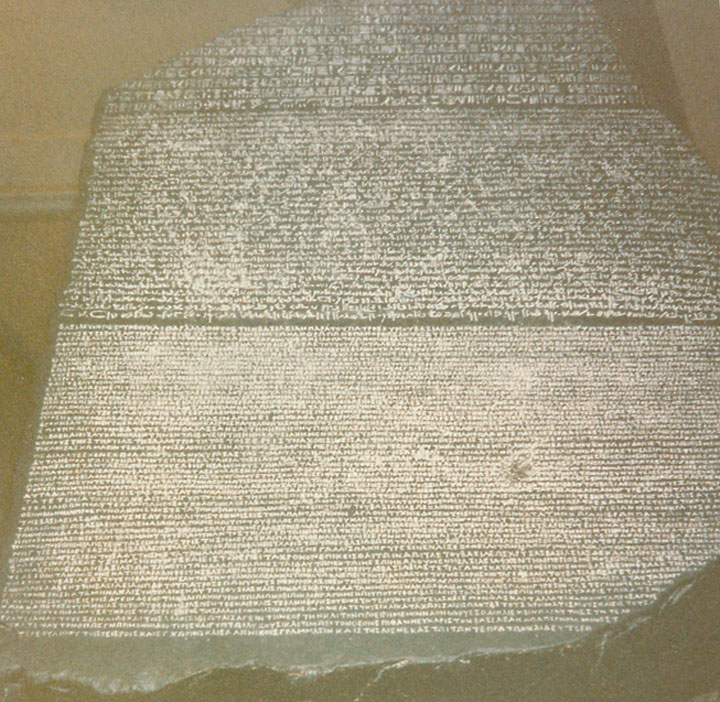
Rosetta Stone
Rosetta Stone, black basalt slab
bearing an inscription that was the key to the deciphering of Egyptian
hieroglyphics and thus to the foundation of modern Egyptology. Found by French
troops in 1799 near the town of Rashîd (Rosetta) in Lower Egypt, it is now in
the British Museum, London. The stone was inscribed in 196 BC with a decree
praising the Egyptian king Ptolemy V. Because the inscription appears in three
scripts, hieroglyphic, demotic, and Greek, scholars were able to decipher the
hieroglyphic and demotic versions by comparing them with the Greek version. The
deciphering was chiefly the work of the British physicist Thomas Young and the
French Egyptologist Jean François Champollion.
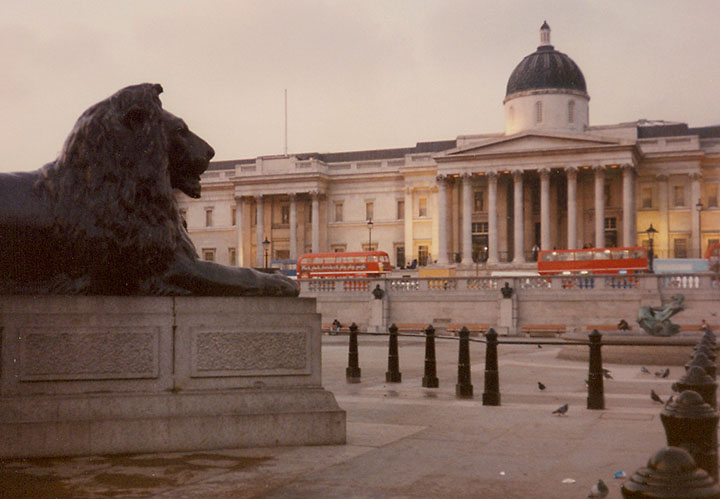
National Gallery

umbrella shop

delivery truck
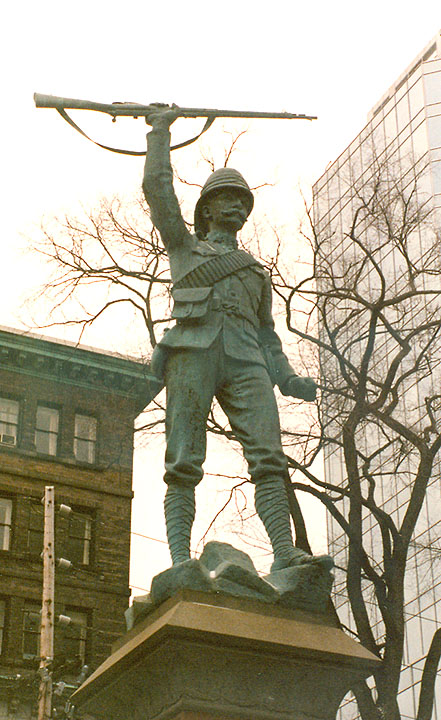
Kitchener, Horatio Herbert, 1st
Earl Kitchener (1850-1916), British military officer and statesman, known for
his conquest of the Sudan and as a symbol of British fighting spirit in the
early part of World War I.
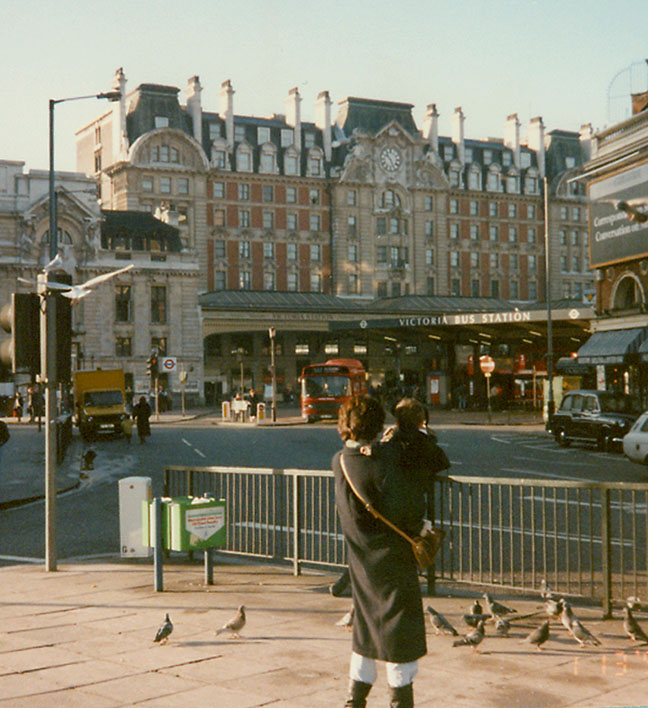
Victoria station
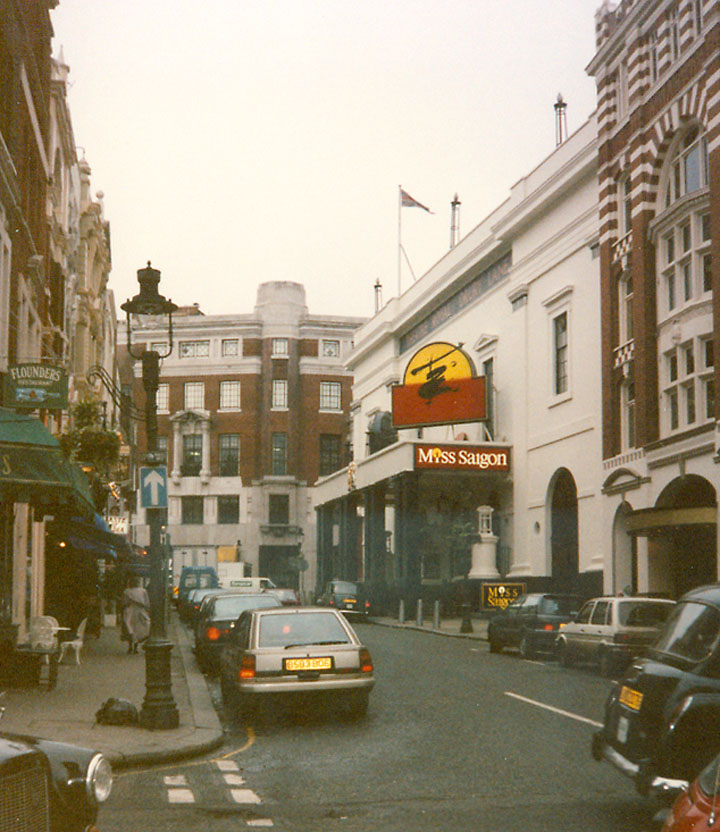
West End Theater District
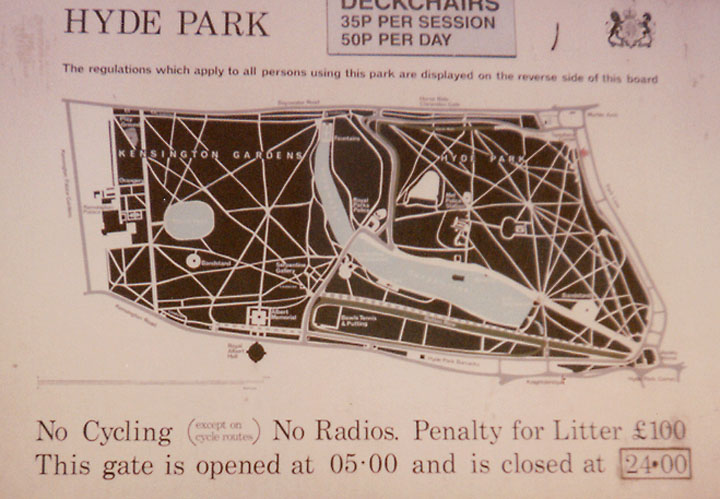
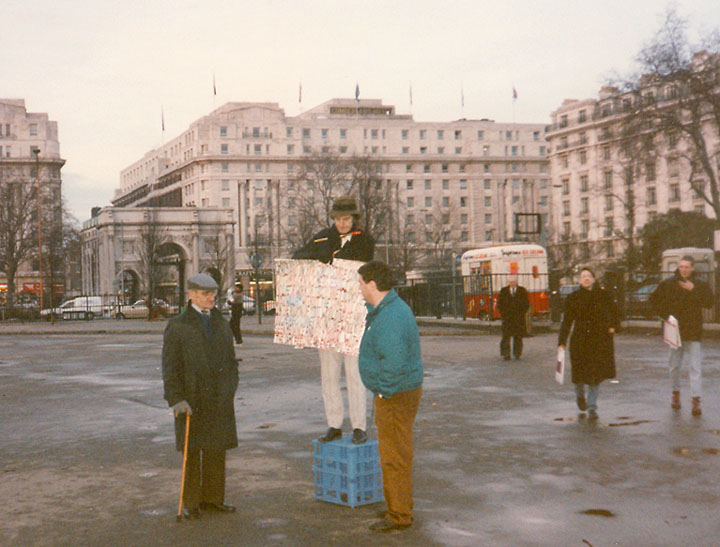
Speaker's Cornerer
(stand on a box and talk about your cause)
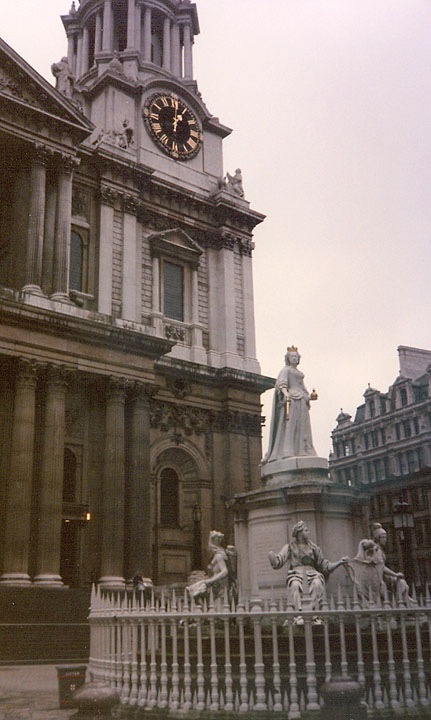
St. Paul's Cathedral
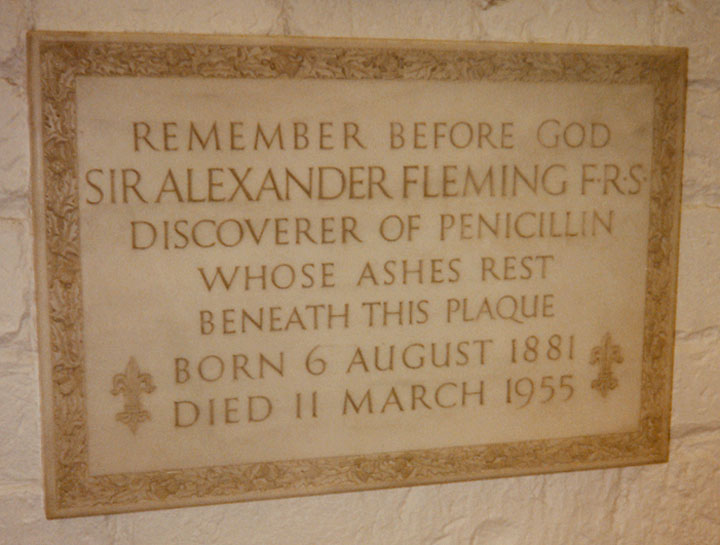
memorial to Sir Alexander Fleming at St. Paul's
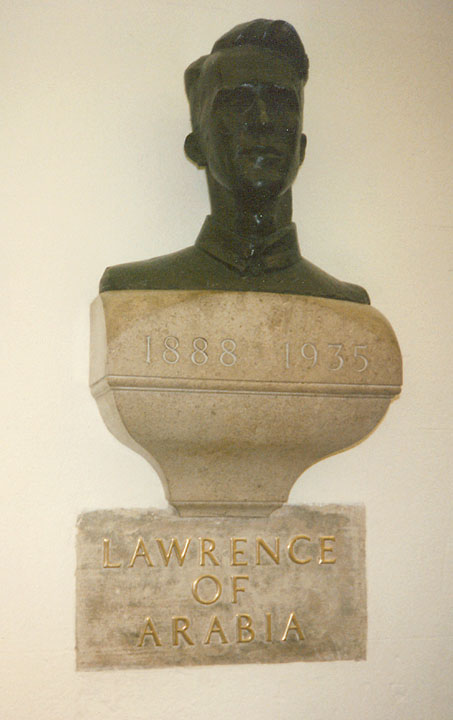
to Lawrence of Arabia
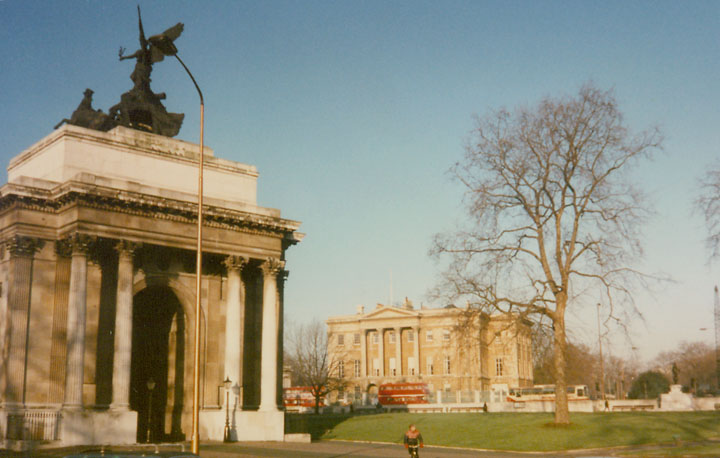
Wellington Arch

Assembling for the duties at Windsor Castle